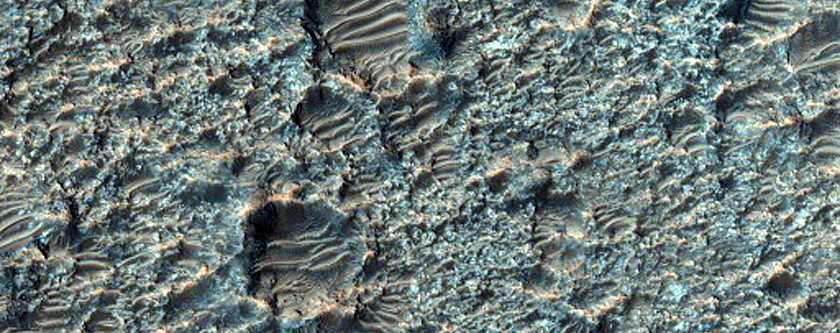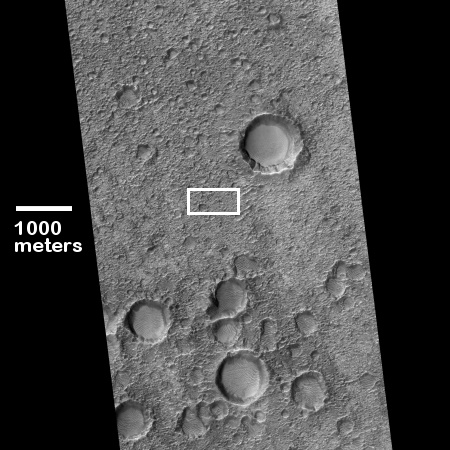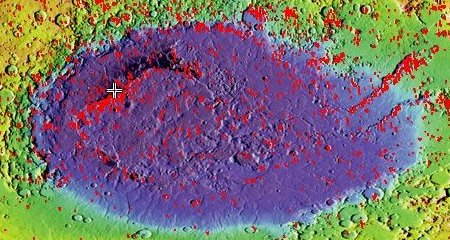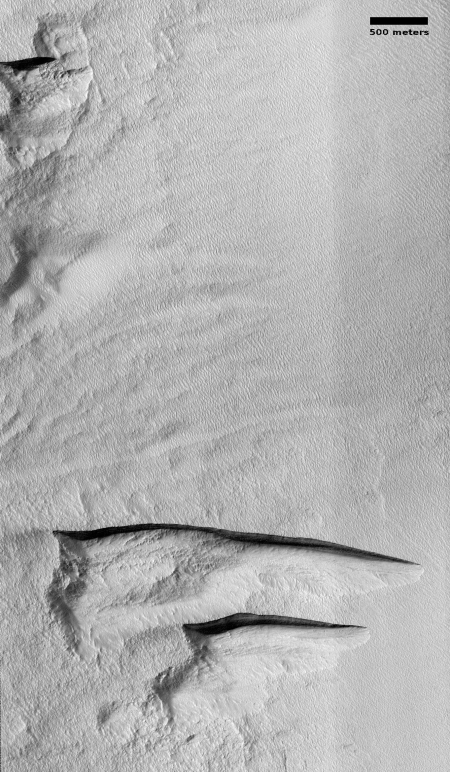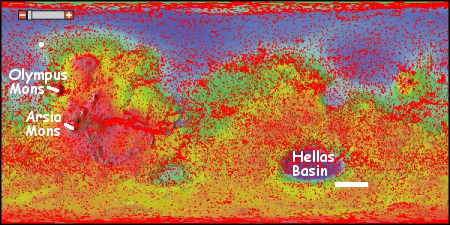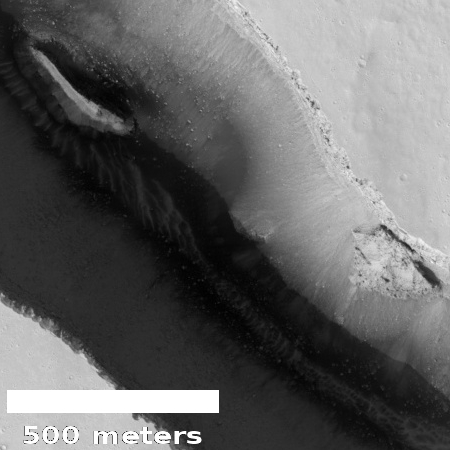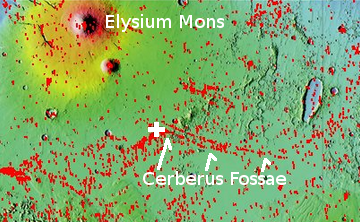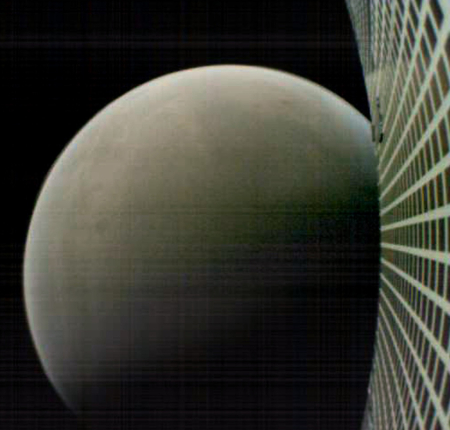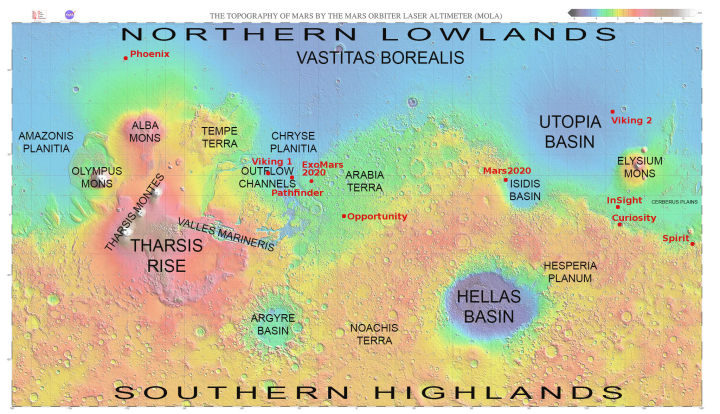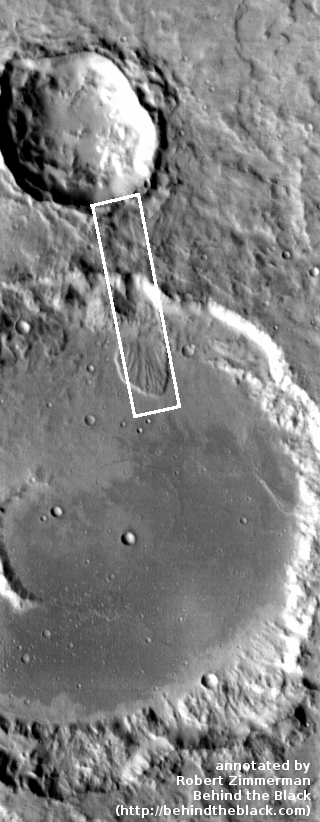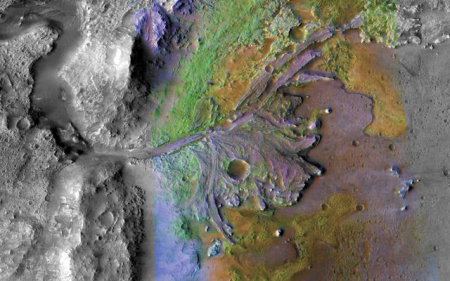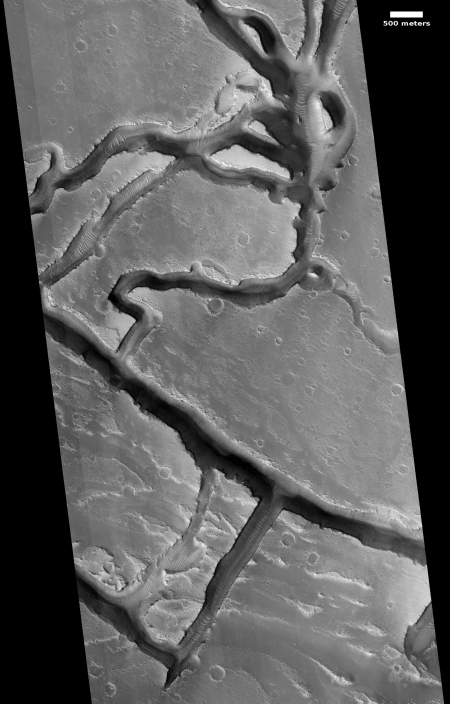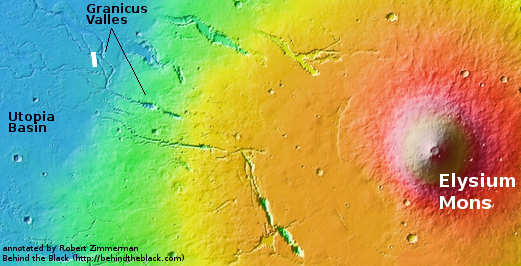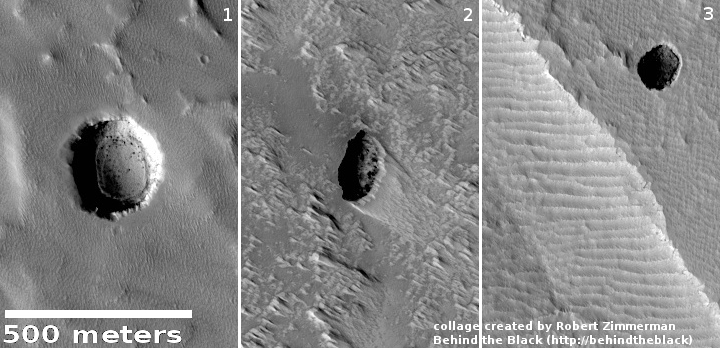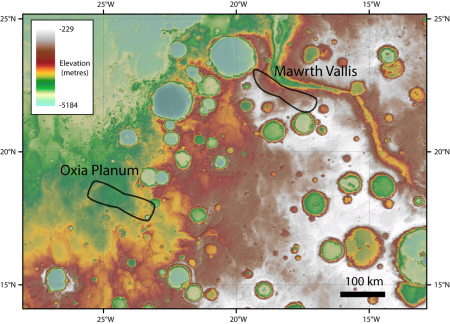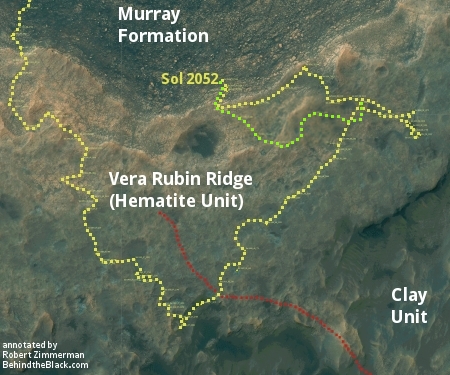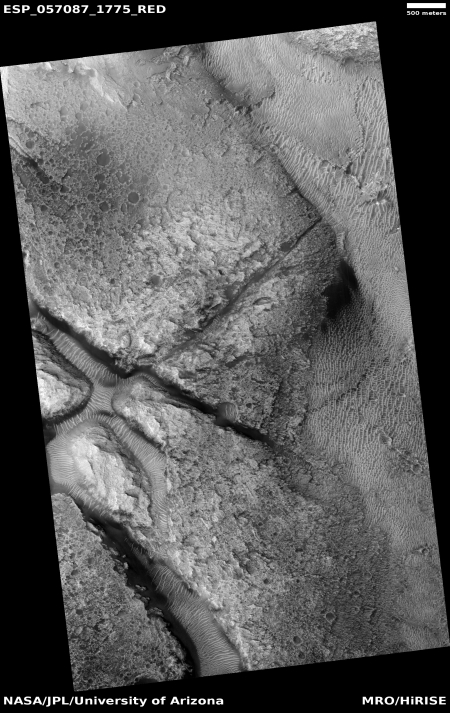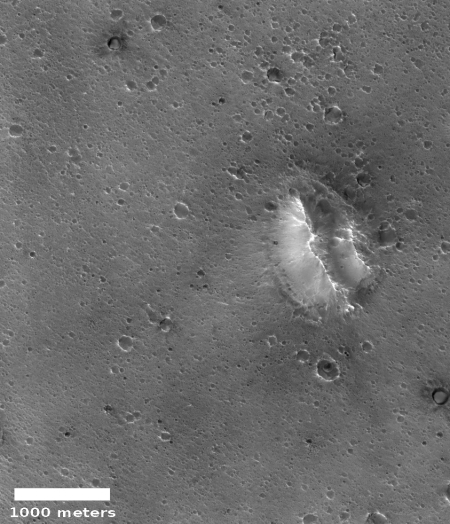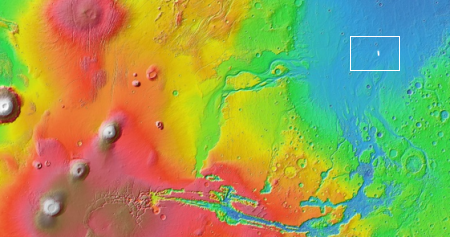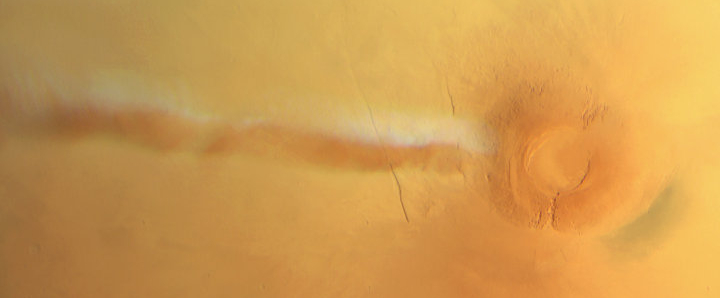Trace Gas Orbiter finds no methane on Mars
The uncertainty of science: Europe’s Trace Gas Orbiter (TGO) has failed to detect any methane in Mars’ atmosphere, even though data from Mars Express in 2004 had said it should see some.
The Mars Express orbiter first detected hints of methane in the martian atmosphere in 2004. But some scientists said the orbiter’s instruments that found it—at a level of 10 parts per billion (ppb)—weren’t sensitive enough to produce reliable results. Ten years later, NASA’s Curiosity rover detected a methane spike of 7 ppb from its base in Gale crater, which lasted several months. Several years later, Curiosity’s scientists then discovered a minute seasonal cycle, with methane levels peaking at 0.7 ppb in the late northern summer.
To settle this mystery, the European Space Agency’s Trace Gas Orbiter (TGO), which arrived at Mars in 2016, this year began to scan the atmosphere for methane. Two of the TGO’s spectrometers—a Belgian instrument called NOMAD and a Russian one called ACS—were designed to detect methane in such low concentrations that researchers were sure they would. Both instruments, which analyze horizontal slices of the martian atmosphere backlit by the sun, are working well, scientists on the team said today at a semiannual meeting of the American Geophysical Union in Washington, D.C. There’s still some noise to clean up, said Ann Carine Vandaele, NOMAD’s principal investigator and a planetary scientist at the Royal Belgian Institute for Space Aeronomy in Brussels, in her talk. “But we already know we can’t see any methane.”
The team’s initial results show no detection of methane down to a minute level of 50 parts per trillion, with their observations going down nearly all the way to the martian surface.
The data says that any methane seen on the surface (such as by Curiosity) must be coming from below, not from off world, which in itself is a surprise since the scientists expected some methane to be coming from interplanetary dust. TGO has found none..
There are a lot of uncertainties still, so stay tuned.
The uncertainty of science: Europe’s Trace Gas Orbiter (TGO) has failed to detect any methane in Mars’ atmosphere, even though data from Mars Express in 2004 had said it should see some.
The Mars Express orbiter first detected hints of methane in the martian atmosphere in 2004. But some scientists said the orbiter’s instruments that found it—at a level of 10 parts per billion (ppb)—weren’t sensitive enough to produce reliable results. Ten years later, NASA’s Curiosity rover detected a methane spike of 7 ppb from its base in Gale crater, which lasted several months. Several years later, Curiosity’s scientists then discovered a minute seasonal cycle, with methane levels peaking at 0.7 ppb in the late northern summer.
To settle this mystery, the European Space Agency’s Trace Gas Orbiter (TGO), which arrived at Mars in 2016, this year began to scan the atmosphere for methane. Two of the TGO’s spectrometers—a Belgian instrument called NOMAD and a Russian one called ACS—were designed to detect methane in such low concentrations that researchers were sure they would. Both instruments, which analyze horizontal slices of the martian atmosphere backlit by the sun, are working well, scientists on the team said today at a semiannual meeting of the American Geophysical Union in Washington, D.C. There’s still some noise to clean up, said Ann Carine Vandaele, NOMAD’s principal investigator and a planetary scientist at the Royal Belgian Institute for Space Aeronomy in Brussels, in her talk. “But we already know we can’t see any methane.”
The team’s initial results show no detection of methane down to a minute level of 50 parts per trillion, with their observations going down nearly all the way to the martian surface.
The data says that any methane seen on the surface (such as by Curiosity) must be coming from below, not from off world, which in itself is a surprise since the scientists expected some methane to be coming from interplanetary dust. TGO has found none..
There are a lot of uncertainties still, so stay tuned.

